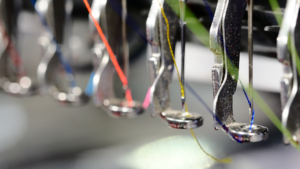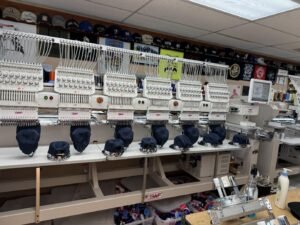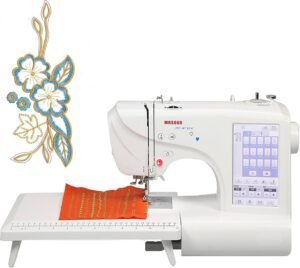The History Of Embroidery: From Ancient Art To Modern Marketing Tool
Have you ever stopped to think about the intricate designs sewn into fabric and wondered where it all began? Embroidery, with its detailed and delicate patterns, is a craft that has spanned centuries and cultures. It has evolved from a luxurious art form into a powerful marketing tool in the modern world.
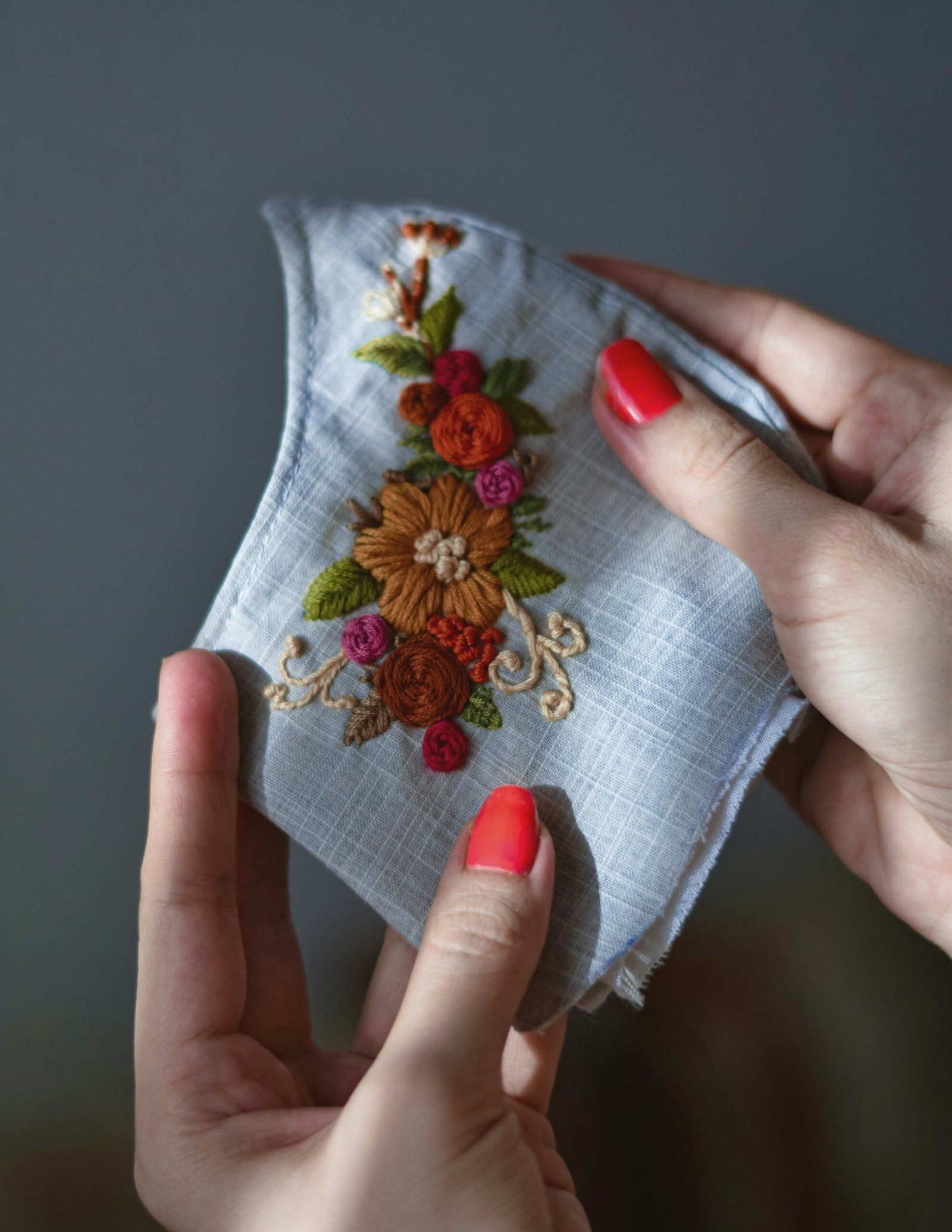
This image is property of images.unsplash.com.
Ancient Beginnings: The Dawn of Embroidery
From the very first stitches, embroidery has held a significant place in human history. This elaborate artwork didn’t just pop up overnight.
Early Traces in History
Embroidery can be dated back to prehistoric times. Archeologists have uncovered fossilized embroidered clothing and household items from ancient times, indicating the long-standing human fascination with decorating textiles.
Cultures and Civilizations
Egypt and China – The Pioneers
Both ancient Egypt and China greatly contributed to the world of early embroidery. Egyptians adorned their clothing and burial shrouds with embroidered designs, while the Chinese favored silk and developed intricate embroidery techniques.
The Silk Road’s Influence
The Silk Road played a crucial role in spreading embroidery techniques and styles across continents, facilitating a cross-cultural exchange that shaped the craft globally.
The Medieval Influence: Europe’s Golden Age of Embroidery
Embroidery saw a significant surge during the medieval period in Europe.
Royal and Religious Patronage
Opulence in Clothing
Medieval nobles used embroidery as a sign of wealth and status, commissioning elaborate designs for their garments. Churches also became important patrons, using embroidered textiles in vestments and altar decorations.
Famous Medieval Embroideries
The Bayeux Tapestry (actually an embroidery) is an iconic piece from this era, depicting the events leading up to the Norman conquest of England.

This image is property of images.unsplash.com.
The Renaissance and Beyond: Evolution and Technological Advancements
The Renaissance period saw the flourishing of arts, including embroidery.
The Rise of Needlepoint
During the Renaissance, needlepoint embroidery became popular, with complex and colorful designs gracing everything from clothing to home decor.
Embroidery Guilds
Guilds emerged, formalizing the trade and skill of embroidery. These guilds ensured that the craft remained a respected and highly skilled profession.
From Handcrafted to Mechanized: The Industrial Revolution
The Industrial Revolution dramatically transformed embroidery, making it more accessible to the masses.
Embroidery Machines
The invention of the embroidery machine in the 19th century revolutionized the craft. What once took hours of painstaking labor could now be accomplished much faster, leading to mass production.
Changes in the Craft
While machine embroidery grew, handcrafted embroidery continued to be valued for its authenticity and the personal touch it brings to textiles.
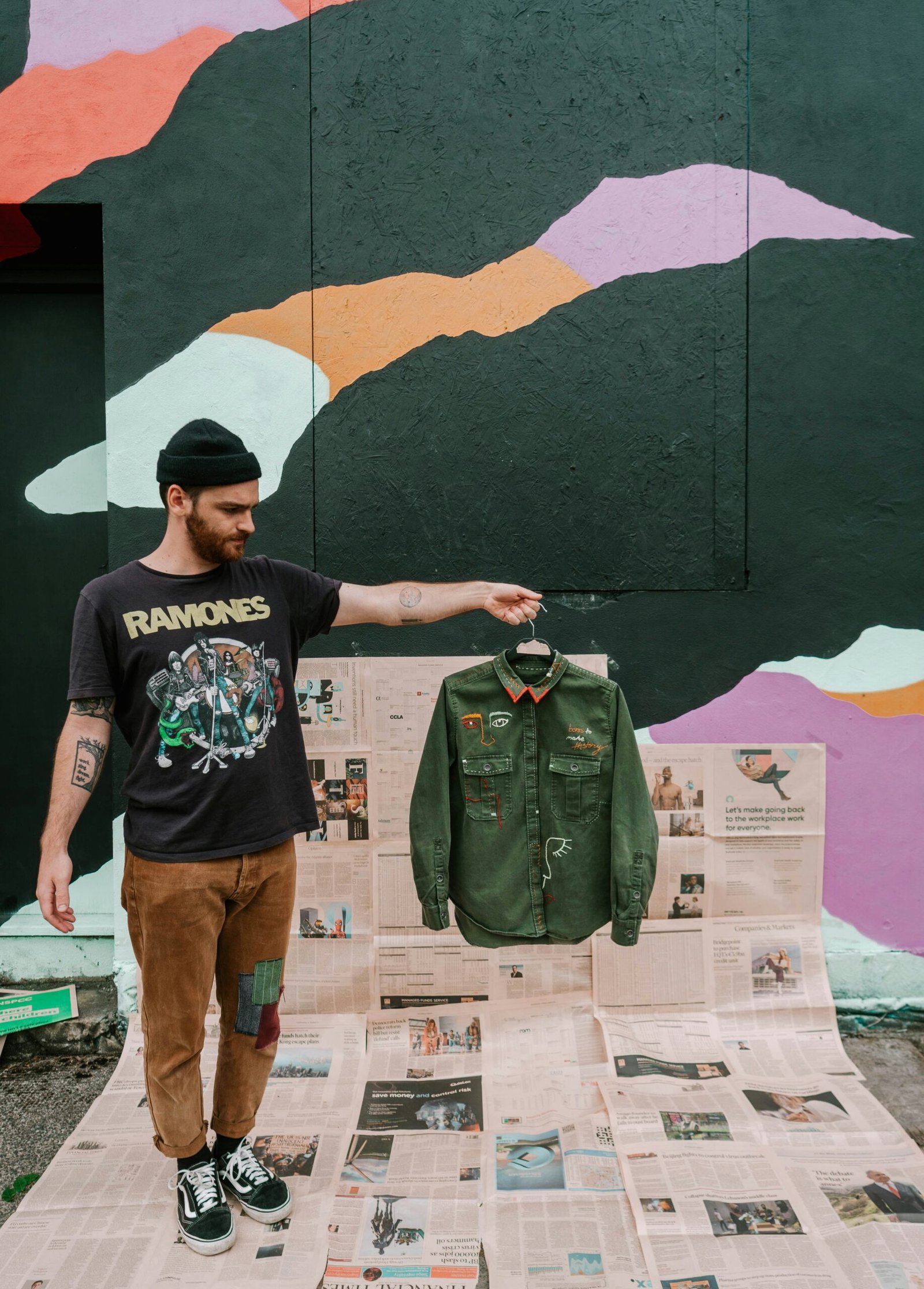
This image is property of images.unsplash.com.
Modern Embroidery: A Blend of Tradition and Innovation
Today, embroidery finds itself at the intersection of tradition and modernity.
Fashion and Haute Couture
Fashion houses like Dior and Chanel incorporate intricate hand and machine embroidery into their haute couture designs, blending the old with the new.
Technology and Customization
Modern technology allows for highly detailed and customizable machine embroidery, making it a popular choice for personalized products and corporate branding.
Embroidery in Marketing: A New Era
Embroidery is not just for adorning clothes and accessories anymore. It has become a powerful marketing tool.
Branding and Corporate Identity
Companies use embroidery to brand their apparel, helping to create a cohesive corporate identity. Embroidered logos provide a professional and polished look.
Promotional Products
Items like baseball caps, polo shirts, and tote bags are often embroidered with company logos and slogans, making them popular promotional products.
Standing Out in the Market
In a world full of printed merchandise, embroidered items stand out as high-quality and unique, making them more attractive to consumers.
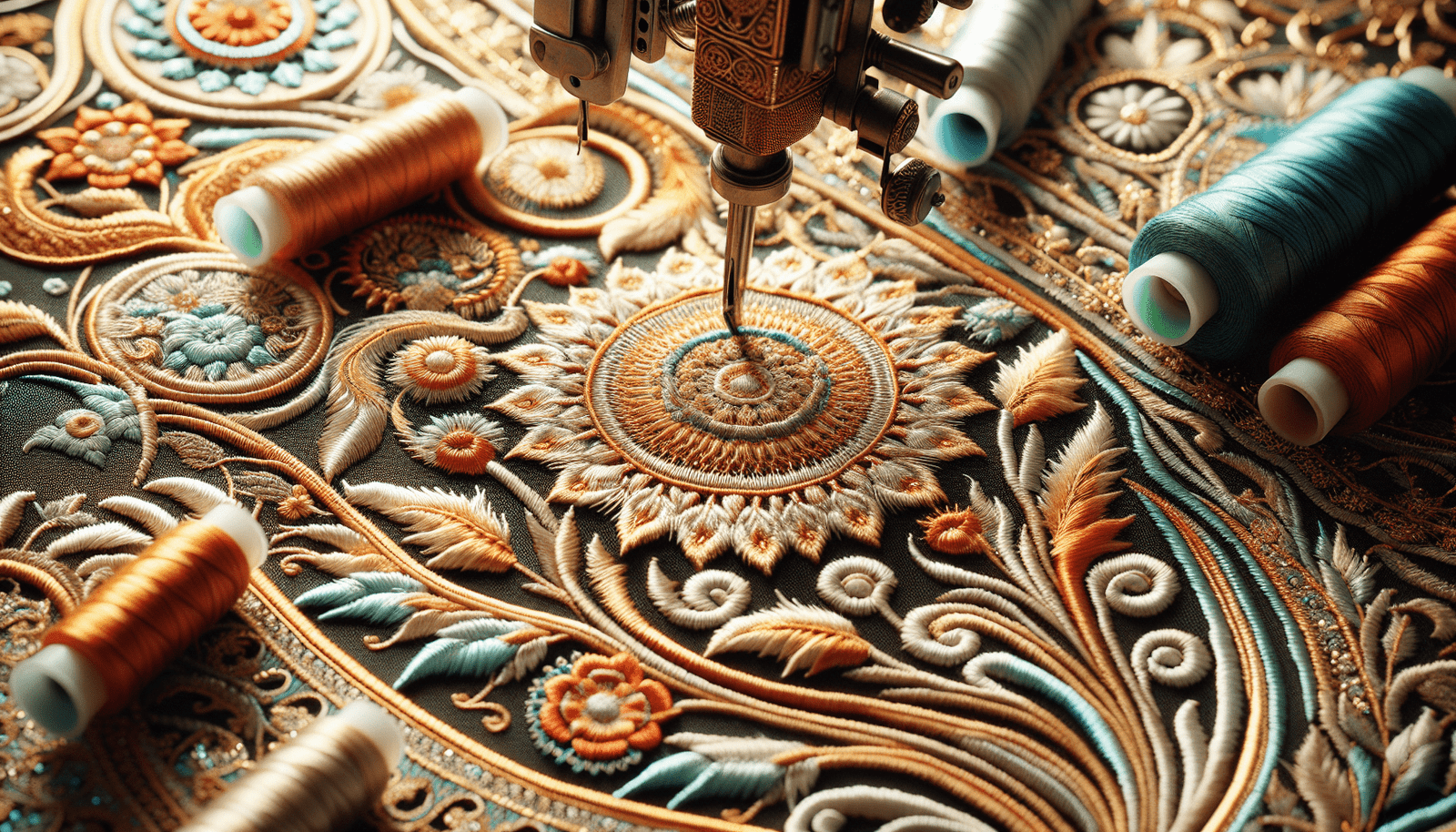
The Art and Business of Embroidery: A Symbiotic Relationship
Embroidery has not only remained relevant but has also found new significance in the business world.
Craftsmanship and Economy
Craftsmanship remains at the heart of embroidery, with artisans around the world continuing to practice and innovate within the craft. Meanwhile, the economic opportunities presented by machine embroidery have created a thriving industry.
Training and Education
Institutions and online platforms offer courses in both hand and machine embroidery, ensuring that the knowledge and skills required for this art form are passed down to new generations.
The Future Directions of Embroidery
Embroidery will likely continue evolving, adapting to new technologies and trends.
Sustainability and Ethics
As the fashion industry moves towards sustainable practices, there’s a growing emphasis on ethical embroidery. Using natural fibers and dyes, and supporting fair trade practices are becoming more important.
Digital and 3D Embroidery
The future might see more integration of digital technology, including 3D embroidery techniques that give a textured, three-dimensional aspect to designs.
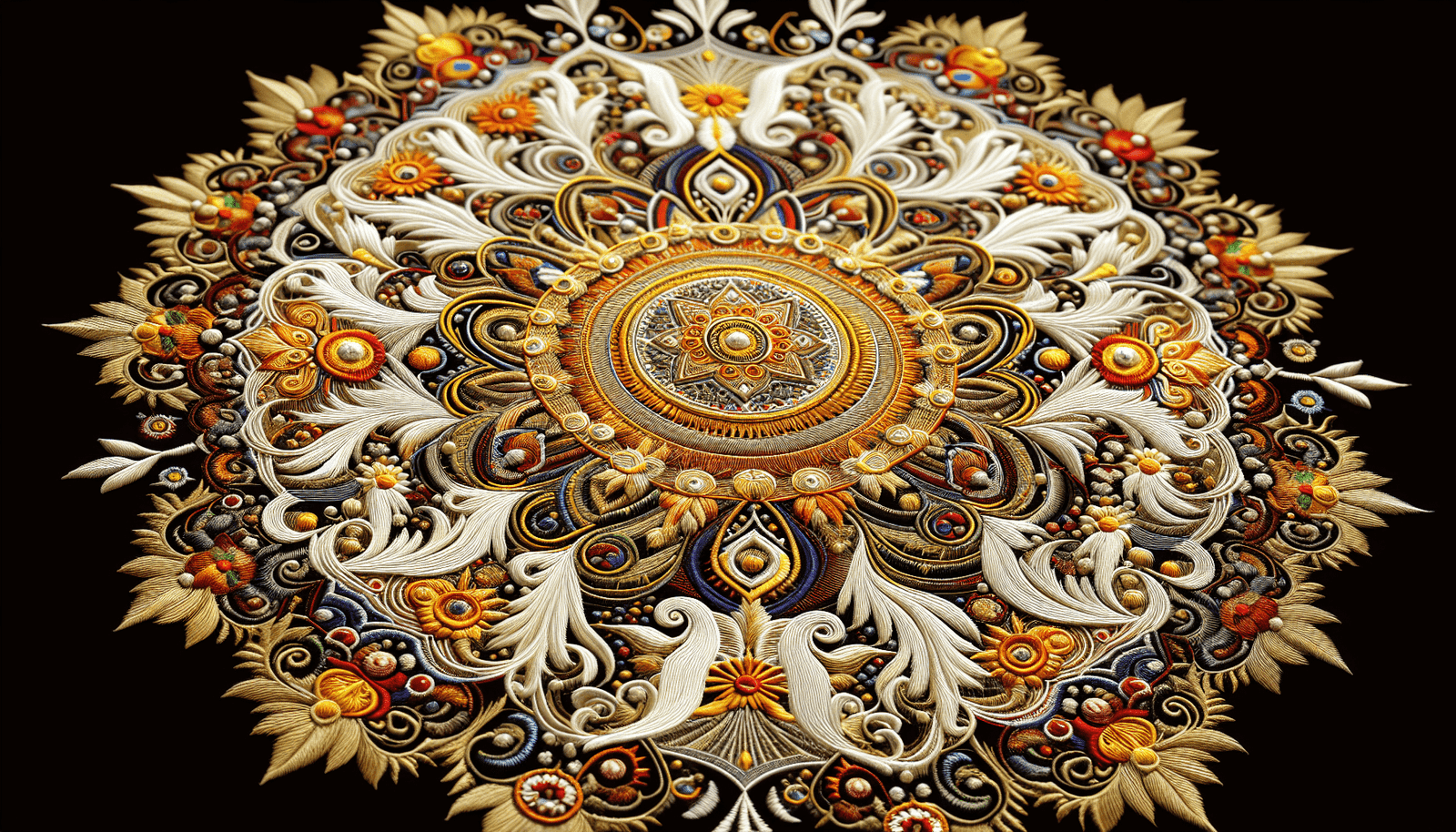
Conclusion
From ancient cultures to modern marketing, the journey of embroidery is a testament to human creativity and adaptability. Whether adorning ancient shrouds or modern corporate wear, embroidery has shown an incredible capacity to evolve and stay relevant. Next time you see a beautifully embroidered piece, you’ll know that it carries with it a rich history, woven stitch by stitch through centuries.

